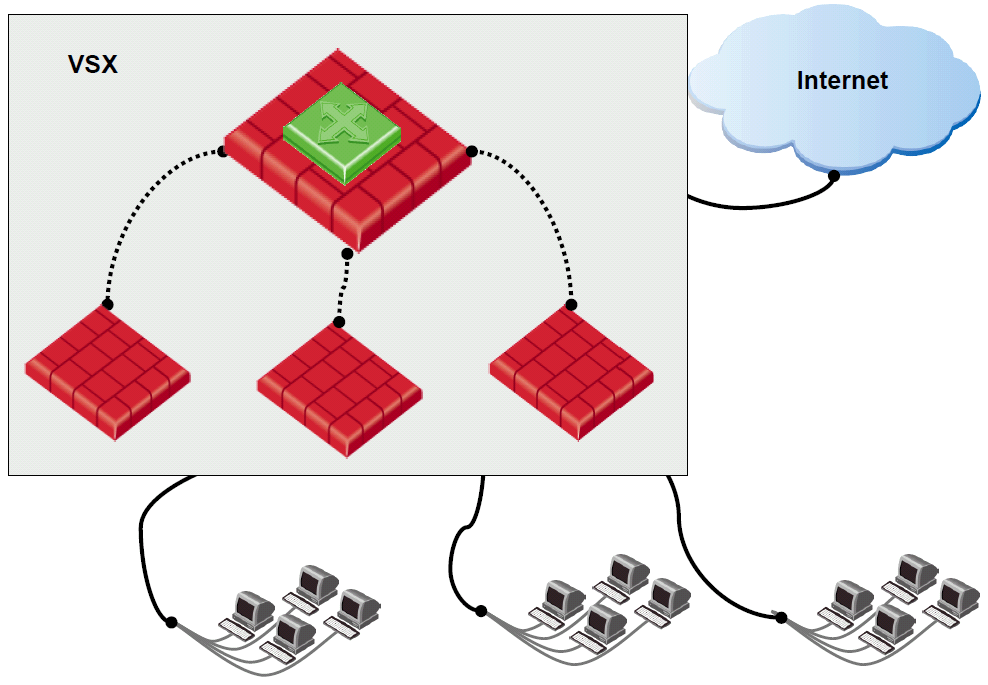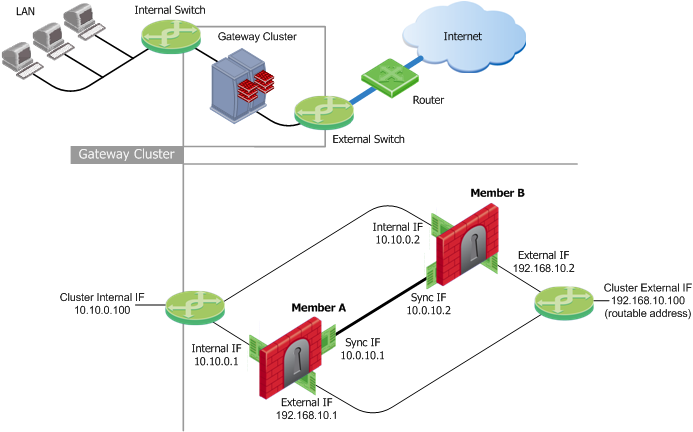
The Community uses the default encryption and VPN Routing settings.

In the Satellite Gateways area, click the plus icon to add one or more gateways to be around the center gateway.In the Center Gateways area, click the plus icon to add one or more gateways to be in the center of the community.Click the New icon and select Star Community.In SmartConsole > Security Policies tab, in the Access Tools area, click VPN Communities.The procedure below shows an example of a Star Community. You can create a Meshed or Star VPN Community. On the General Properties page, in the Network Security tab, select IPsec VPN.Īn internal CA certificate for the gateway is created automatically.In SmartConsole, open a gateway object.To enable the IPsec VPN Software Blade on a gateway:

Make sure that Trusted Communication is established between all gateways and the Security Management Server. Other Software Blades can be enabled on the same gateway.

Site to Site VPN requires two or more gateways with the IPsec VPN Software Blade enabled.

When Virtual Systems are connected to a Virtual Router, VSX propagates routes by automatically adding entries to the routing table contained in the Virtual Router.Įach entry contains a route pointing to the destination subnet using the Virtual System router-side Warp Interface ( wrpj) as the next hop. routing tables with routes leading to the appropriate Virtual Systems. Virtual Device can be on of these: Virtual Router, Virtual System, or Virtual Switch. Route propagation works by automatically updating Virtual Device Logical object that emulates the functionality of a type of physical network object. This feature enables network nodes located behind neighboring Virtual Systems to communicate without the need for manual configuration. or to a Virtual Switch, you can choose to propagate its routing information to adjacent Virtual Devices. When a Virtual System is connected to a Virtual Router Virtual Device on a VSX Gateway or VSX Cluster Member that functions as a physical router.


 0 kommentar(er)
0 kommentar(er)
